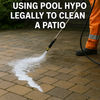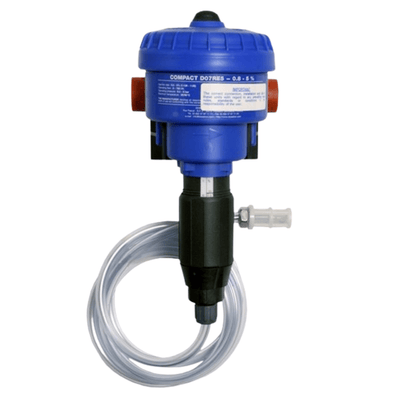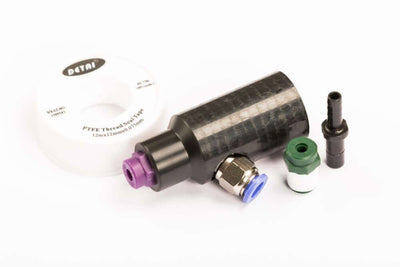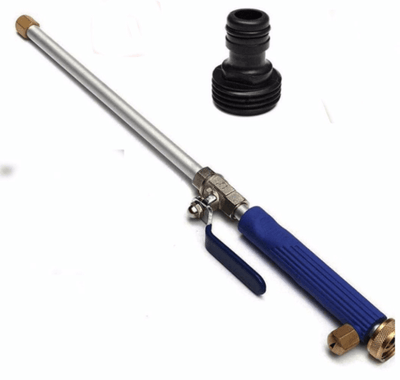How to Clean Rendered Walls Effectively with Soft Washing Surfactants

Introduction to Soft Washing Surfactants 🚿
When it comes to cleaning rendered walls effectively, using the right tools and chemicals is key. One of the most efficient methods involves soft washing. A crucial component in soft washing is surfactants. But what exactly are they, and how do they enhance the cleaning process? This article aims to provide you with an in-depth understanding of soft washing surfactants and their impact on cleaning rendered walls.
What Are Soft Washing Surfactants? 🤔
Surfactants, or surface-active agents, are compounds that reduce the surface tension between two liquids or between a liquid and a solid. In the context of soft washing chemicals, surfactants help the cleaning solution to penetrate and break down dirt, algae, and other contaminants more effectively. Without surfactants, the cleaning solutions would simply run off the surfaces, making them less effective.
Types of Soft Washing Surfactants
Not all surfactants are created equal. Below are some of the most common types:
- Non-Ionic Surfactants: Ideal for general cleaning without reacting with other chemicals.
- Anionic Surfactants: Typically more powerful and are often used in combination with other agents.
- Cationic Surfactants: Often used in disinfectants and can add a biocidal effect.
- Amphoteric Surfactants: These adjust their charge based on pH levels, making them versatile for different types of cleaning tasks.
How to Choose the Right Surfactant for Your Needs 🧼
Selecting the right surfactant is essential for effective cleaning. Here are some considerations:
- Type of Surface: Different surfaces may require different types of surfactants. For instance, rendered walls often benefit from anionic surfactants.
- Type of Contamination: The kind of dirt, algae, or mildew you're dealing with will also affect your choice. Clever Wash Surfactant is a great option for a wide range of contaminants.
- Environmental Concerns: Always consider the impact of your surfactants on the environment. Look for biodegradable options whenever possible.
Step-by-Step Guide 📝
1. Prepare Your Equipment
Ensure you have the necessary soft washing equipment ready. This might include a soft wash dosatron, water fed pole softwash nozzle, and your chosen surfactant.
2. Mix Your Cleaning Solution
Follow a proper sodium hypochlorite mixing guide to make an effective solution. Always measure accurately to avoid damaging surfaces or harming the environment.
3. Application of Solution
Apply the mixture to your rendered walls using your soft wash equipment. Ensure even coverage for the best results.
4. Let It Sit
Allow the solution to sit for a specified time (usually 10-15 minutes) to break down contaminants effectively.
5. Rinse Thoroughly
Once the solution has done its job, rinse the walls thoroughly to remove any remaining chemicals. You might find our discussion on whether you should rinse when soft washing particularly useful.
How to Handle Common Issues ❓
Even with the best preparations, you might encounter challenges. Here are some common issues and how to resolve them:
- Stubborn Stains: Consider using specialized products like Rust X Pro Render Rust Stain Remover.
- Oil Stains: Grenade Driveway Oil Stain Remover can tackle tough oil marks effectively.
- Moss and Algae: Use a growth inhibitor like Moss Guard Pro to prevent future growth.
Conclusion 🌟
Cleaning rendered walls might seem like a daunting task, but with the right knowledge and tools, it becomes much easier. Selecting the appropriate surfactants and following a structured approach ensures that your walls come out looking pristine. For more in-depth guidance and top-quality products, visit SoftWash UK. 🌐
Let’s Gp 🚀
Ready to take your soft washing to the next level? Visit SoftWash UK for top-of-the-line products, detailed guides, and expert advice. Don't miss out on our Soft Wash Training Course to enhance your skills and ensure safe, effective cleaning. 🌟


































